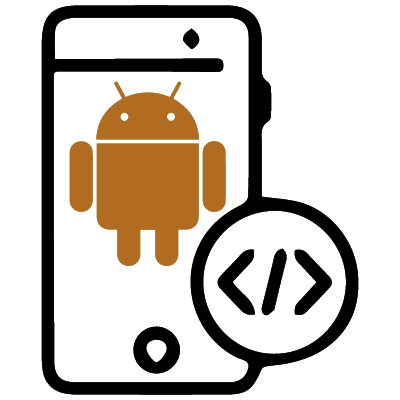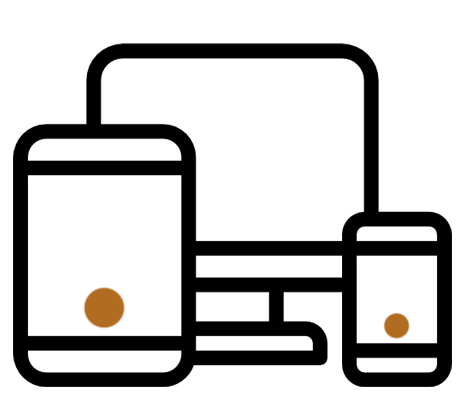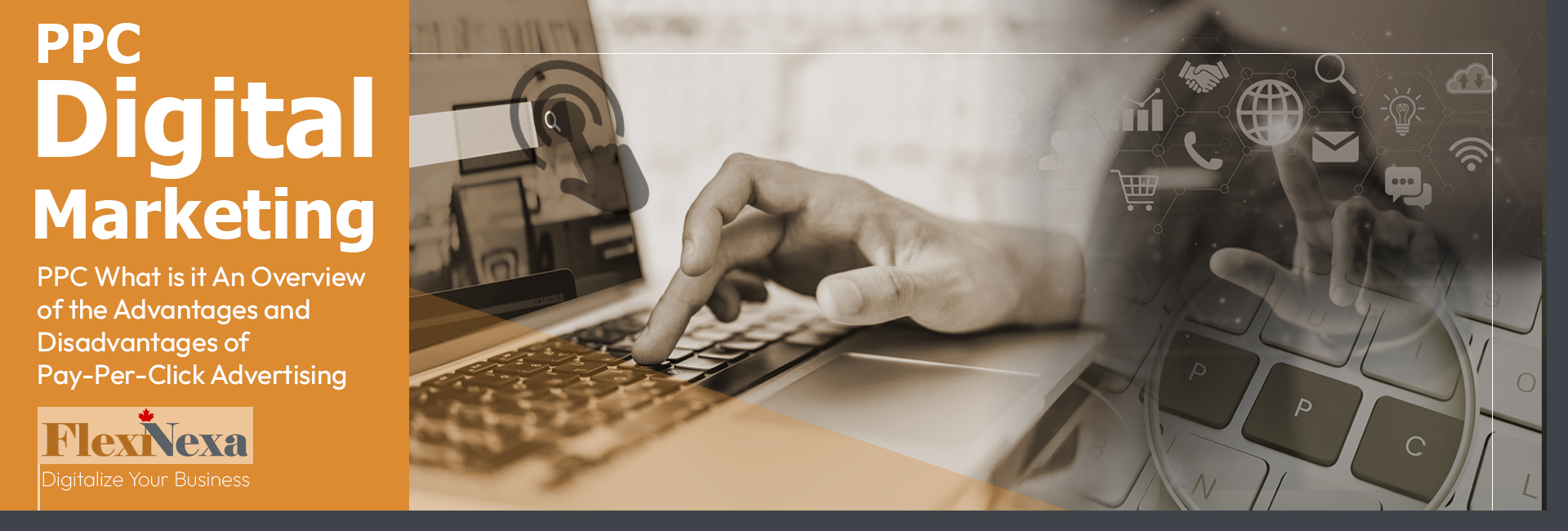This article has been prepared and developed by the Research and Development Department of Flexinexa to provide a comprehensive overview of the PPC (Pay-Per-Click) advertising model. Given the rapid growth of digital marketing and the fast-changing landscape of online advertising, understanding this advertising model and recognizing its advantages and disadvantages is crucial for businesses. PPC is recognized as one of the most effective methods of internet advertising, allowing advertisers to target users precisely and achieve measurable results.

What is PPC?
PPC, or Pay-Per-Click advertising, is an online advertising model where advertisers pay a fee each time one of their ads is clicked. This model allows advertisers to quickly drive targeted traffic to their websites. Unlike traditional advertising models where costs are determined by the duration or number of times an ad is displayed, PPC only charges advertisers when users actually interact with the ad by clicking on it.
Key Components of PPC:
Ad Auction: On platforms like Google Ads, when a user searches for a keyword, an auction takes place among advertisers who have bid on that keyword. This auction determines which ads are shown and in what order they appear.
Quality Score: This is a score given by Google to each ad based on factors such as the ad’s relevance, expected click-through rate (CTR), and the user experience on the landing page. A higher Quality Score can lead to lower costs per click and better ad positions.
Landing Page: The page users are directed to after clicking on an ad. This page should be closely related to the content of the ad and provide a good user experience to increase the likelihood of conversions.
When Did PPC Start?
The first form of PPC advertising emerged in the late 1990s. Google AdWords (now known as Google Ads) was one of the first platforms to widely adopt this advertising model. Google AdWords officially launched in 2000 and quickly gained popularity. The core idea was that advertisers could bid on specific keywords, and their ads would appear in the search results. Advertisers would only pay when a user clicked on their ad.
Google introduced PPC with an innovative approach that ranked ads not just based on the highest bid but also considering the Quality Score of the ads. This meant that ads providing a better user experience would rank higher and cost less per click. This model was highly successful, and today, PPC is recognized as one of the most effective and widely used advertising models in the digital space.
Since its inception, PPC has evolved significantly and has become a fundamental part of digital marketing strategies. The model is now used across various platforms, including Google, Facebook, LinkedIn, Instagram, and many others, playing a crucial role in online advertising strategies.
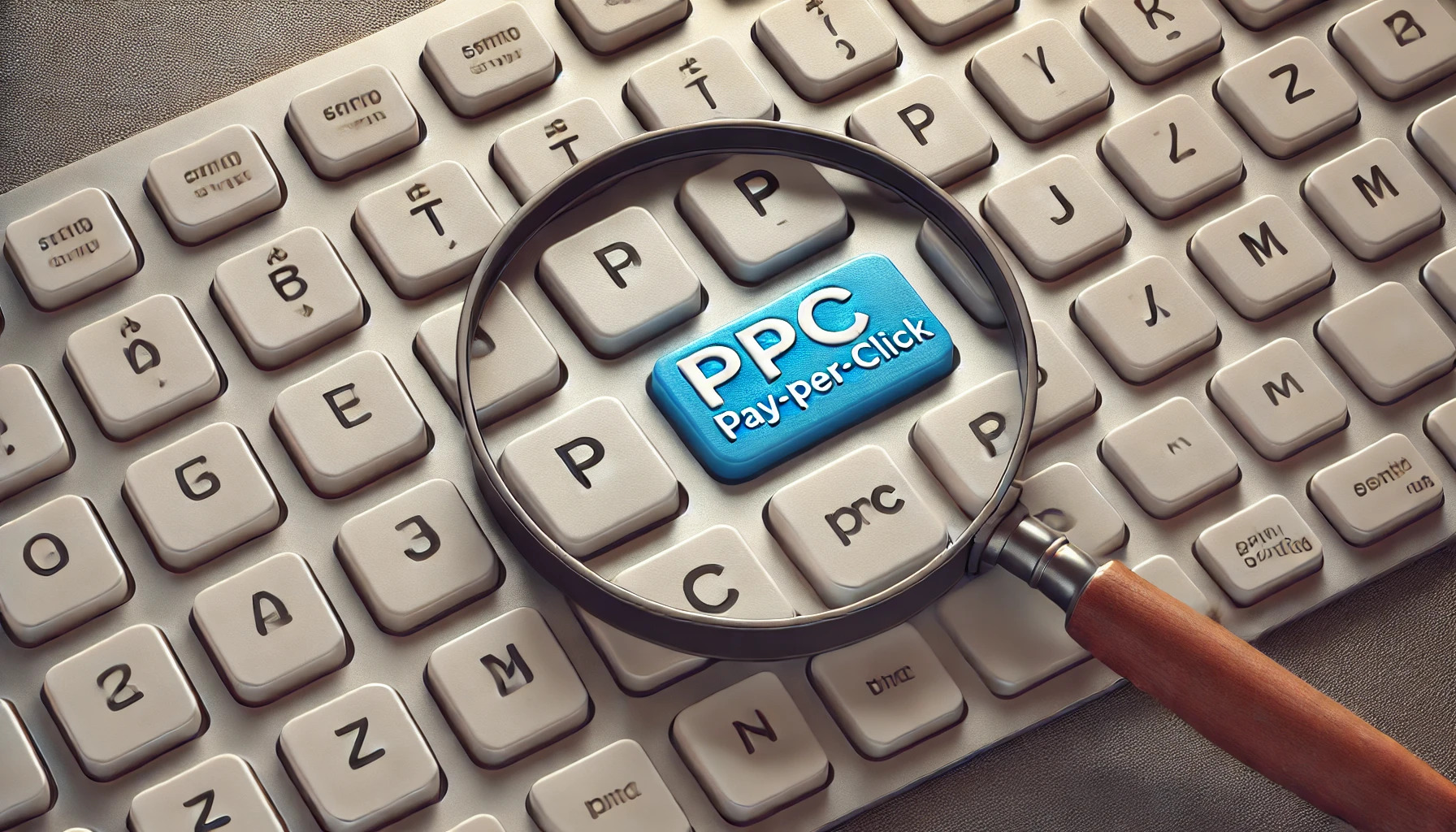
Introduction to Types of Pay-Per-Click (PPC) Advertising
Pay-Per-Click (PPC) advertising is one of the most popular models in digital marketing, with several different types that each target users in specific ways. Here’s an overview of the main types of PPC advertising:
Search Engine Advertising
This is the most common form of PPC, typically carried out on search engines like Google and Bing. Advertisers target their ads based on specific keywords, and these ads appear at the top of organic search results. The advertiser pays a fee each time their ad is clicked. Google Ads is the most well-known platform for executing this type of advertising.
Display Advertising
This type includes banners, images, videos, or interactive media displayed on websites, apps, and other platforms. Display ads are often used to raise brand awareness or drive traffic to a specific website. Costs are typically based on the number of clicks or impressions.
Video Advertising
PPC video ads are usually shown on video platforms like YouTube. Advertisers pay to display their video ads at the beginning or within the content on these platforms. This type of advertising can be used to increase brand awareness or encourage users to take a specific action, such as clicking on a link.
Social Media Advertising
PPC ads on social media platforms like Facebook, Instagram, LinkedIn, and Twitter are highly popular. These platforms allow advertisers to target users precisely based on interests, behaviors, age, gender, and geographic location. Advertisers pay per click or interaction with the ad.
Native Advertising
Native ads are designed to blend in with the content of the platforms where they appear, such as websites or apps, making them look more natural. These ads are less likely to be seen as traditional ads, leading to higher trust and click-through rates.
Retargeting
Retargeting, or remarketing, is a form of PPC that targets users who have previously visited your website. These ads typically appear on display networks and social media platforms and aim to remind users of products or services they’ve shown interest in, encouraging them to return and complete a desired action.
Shopping Ads
Shopping ads are particularly suitable for online retailers. These PPC ads include product images, prices, and brief descriptions, and they appear in search results or designated sections of websites. Users can click on these ads to be taken directly to the product page.
App Install Ads
These PPC ads are specifically designed to increase mobile app installations. Advertisers pay for each successful app install. These ads can appear on social media, search engines, or even within other apps.
Each of these PPC types can be used depending on marketing goals and target audiences. Choosing the right PPC type for your business can significantly impact the success of your advertising campaigns.
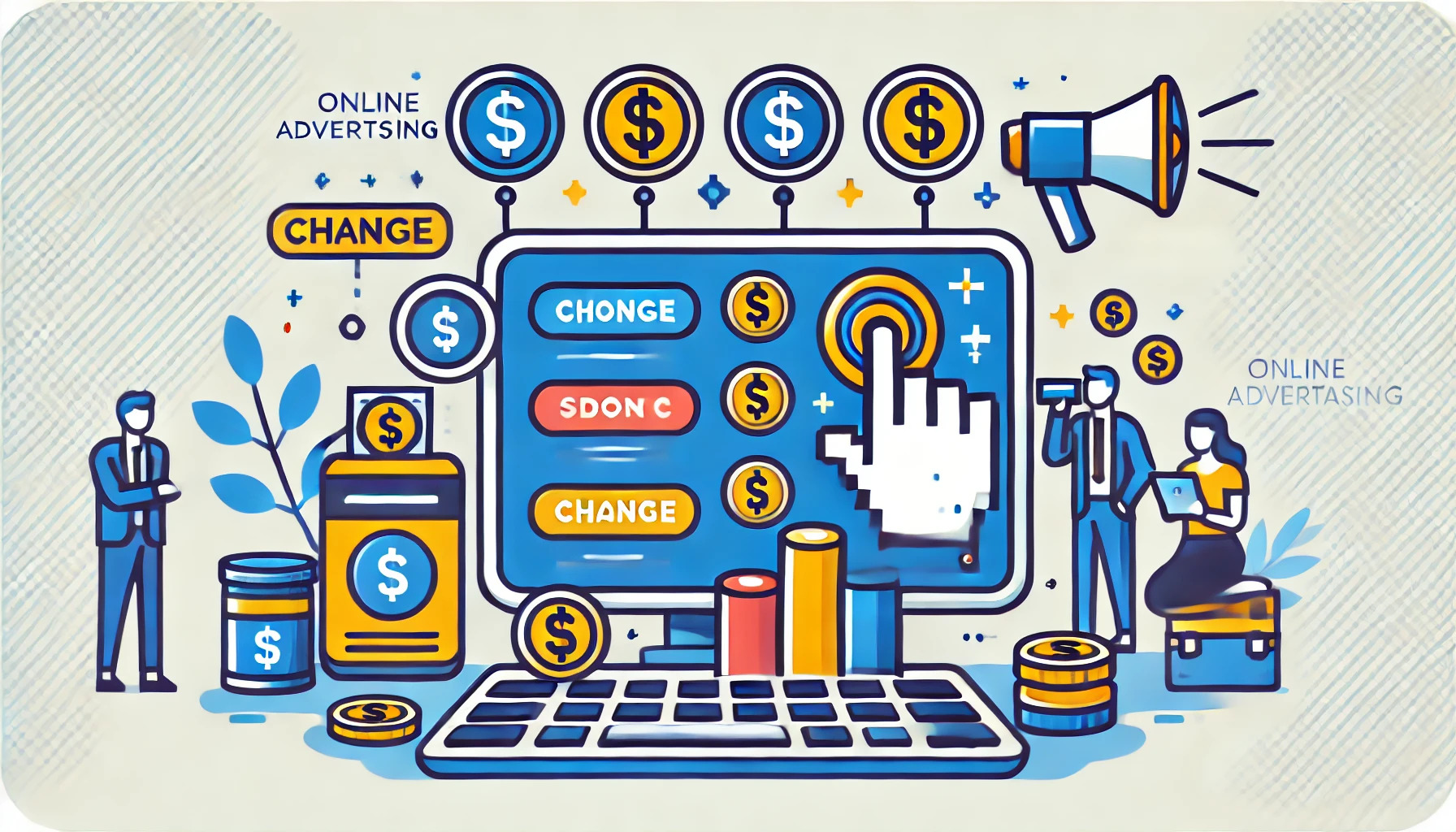
Advantages of PPC (Pay-Per-Click)
Fast and Measurable Results:
- One of the biggest advantages of PPC is the ability to see results almost immediately after launching a campaign. Unlike SEO, which may take months to show significant results, PPC allows you to quickly drive traffic to your website and measure the outcomes precisely. Tools like Google Ads provide detailed insights into your ad performance, including clicks, conversion rates, and return on investment (ROI).
Precise Targeting:
- PPC offers highly precise targeting options, allowing you to reach your desired audience effectively. You can target ads based on specific keywords, geographic locations, time of day, device type (mobile, desktop), and even demographic characteristics like age, gender, and interests. This level of precision helps ensure that your ads are only shown to people who are more likely to convert into customers.
Full Control Over Budget and Costs:
- In PPC, you have complete control over how much you spend per click or on the entire campaign. This control allows you to manage your advertising budget in a way that aligns with your business goals. Additionally, you can adjust your budget or pause campaigns at any time, offering flexibility that is a significant advantage of PPC.
Ability to Test and Optimize:
- One of the key features of PPC is the ability to continuously test and optimize your campaigns. You can experiment with different ad copies, keywords, and landing pages to see which performs best. Based on the results of these tests, you can optimize your campaigns to increase ROI and improve overall performance.
Increased Brand Awareness:
- Even if users don’t click on your ads, displaying them in search results or on other platforms can help increase brand awareness. Repeatedly showing your ads to users helps them remember your brand, which can lead to higher conversions in the future.

Disadvantages of PPC (Pay-Per-Click)
High Costs in Competitive Industries:
- One of the major drawbacks of PPC is the potential for high costs in highly competitive industries. For example, in sectors like insurance, law, or technology, popular keywords can cost hundreds or even thousands of dollars per click. This can make it challenging for smaller businesses to compete or can lead to rapid budget depletion.
Requires Continuous Management and Monitoring:
- A successful PPC campaign requires ongoing management and monitoring. This includes checking ad performance, adjusting bids, improving ad quality, and optimizing landing pages. Without active management, campaign performance can decline, and costs can increase. This continuous management demands time and expertise, which can be challenging for small businesses.
Click Fraud:
- Click fraud is a common issue in PPC It occurs when your ads are clicked by competitors or automated bots to drive up your costs without delivering actual value. This can lead to wasted budget and reduced ROI.
Requires Expertise and Knowledge:
- Running an effective PPC campaign requires significant expertise and knowledge. If not managed correctly, it can result in high costs without achieving desired results. Success in PPC demands familiarity with concepts like keyword selection, writing effective ad copy, optimizing landing pages, and analyzing data.
Short-Term Results:
- Unlike SEO, which can create long-term benefits, PPC typically provides short-term results. Once you stop running your ads, the traffic and conversions stop as well. This means that PPC requires continuous investment to maintain the flow of traffic to your website.
PPC is a powerful tool in digital marketing that allows businesses to achieve significant results quickly and target their audience with precision. However, this advertising model requires careful management and specialized knowledge, and the costs can escalate quickly in some industries. By carefully evaluating the advantages and disadvantages of PPC, businesses can make informed decisions to maximize their return on investment and effectively use this tool to achieve their marketing goals.
This research, conducted by the Research and Development department of Flexinexa, provides a comprehensive analysis of the PPC (Pay-Per-Click) model and its role in digital advertising and online marketing. PPC is recognized as a key strategy in internet advertising, enabling businesses to reach their target audience through search engine advertising and paid search.
The findings of this research indicate that PPC is an effective tool in advertising strategy due to its ability to deliver fast results, precise targeting, and control over budget. However, challenges such as high costs in competitive markets and the need for continuous management highlight some of the drawbacks that require careful consideration and planning.
Platforms like Google Ads and other search engine marketing (SEM) tools offer powerful capabilities for executing PPC campaigns, which can lead to increased conversion rates and improved ROI. Success in this area, however, demands specialized knowledge and careful management to fully leverage the advantages of PPC.
Overall, PPC is an essential component of digital advertising that, when properly managed and optimized, can help Flexinexa achieve its marketing goals and strengthen its presence in the online marketplace.
- What is PPC?
Answer:
PPC, or Pay-Per-Click, is a digital advertising model where advertisers pay a fee each time a user clicks on their ad. This type of advertising is commonly used in search engines like Google Ads and other online platforms.
- What are the main advantages of using PPC in online marketing?
Answer:
PPC allows you to target users precisely and display your ads at the top of search results, leading to a quick increase in website traffic. It also offers the ability to manage advertising costs effectively and achieve fast results.
- How does PPC compare to other digital advertising methods?
Answer:
PPC provides faster results compared to other digital advertising methods like SEO or content marketing, as it drives immediate traffic to your website. With the right advertising strategy, PPC can also yield a higher return on investment.
- Is PPC only used for advertising on Google Ads?
Answer:
No, PPC can also be used on other platforms such as Bing Ads, social media advertising, and various other advertising networks. In search engines, PPC is often referred to as Search Engine Marketing (SEM).
- How can I create a successful PPC campaign?
Answer:
To create a successful PPC campaign, start by setting clear objectives, selecting appropriate keywords, crafting effective and engaging ads, and continuously monitoring and optimizing the campaign using available tools. A well-planned advertising strategy is crucial in this process.
- What are the disadvantages of using PPC?
Answer:
While PPC offers many benefits, it can be costly, especially if not managed properly. It also requires continuous monitoring and optimization, and in some cases, high competition can lead to increased costs.
- How can I control my PPC costs?
Answer:
To control PPC costs, you can set daily or monthly budgets, use negative keywords, target your ads to specific times and locations, and prevent overspending by regularly monitoring and optimizing your campaigns.
- What types of businesses are suitable for PPC?
Answer:
PPC is suitable for any business looking to quickly increase website traffic and attract new customers. It is particularly beneficial for businesses that sell products or services online.
- How can I improve my ROI in PPC?
Answer:
To improve ROI in PPC, carefully select your keywords, optimize your ads, design effective landing pages, and use data analysis to refine your strategy. A/B testing can also help create more effective ads.
- Is PPC more effective than traditional advertising?
Answer:
PPC is generally more effective than traditional advertising due to its precise targeting, measurable results, and greater flexibility. It allows you to quickly reach specific audiences and accurately assess your campaign’s performance.










